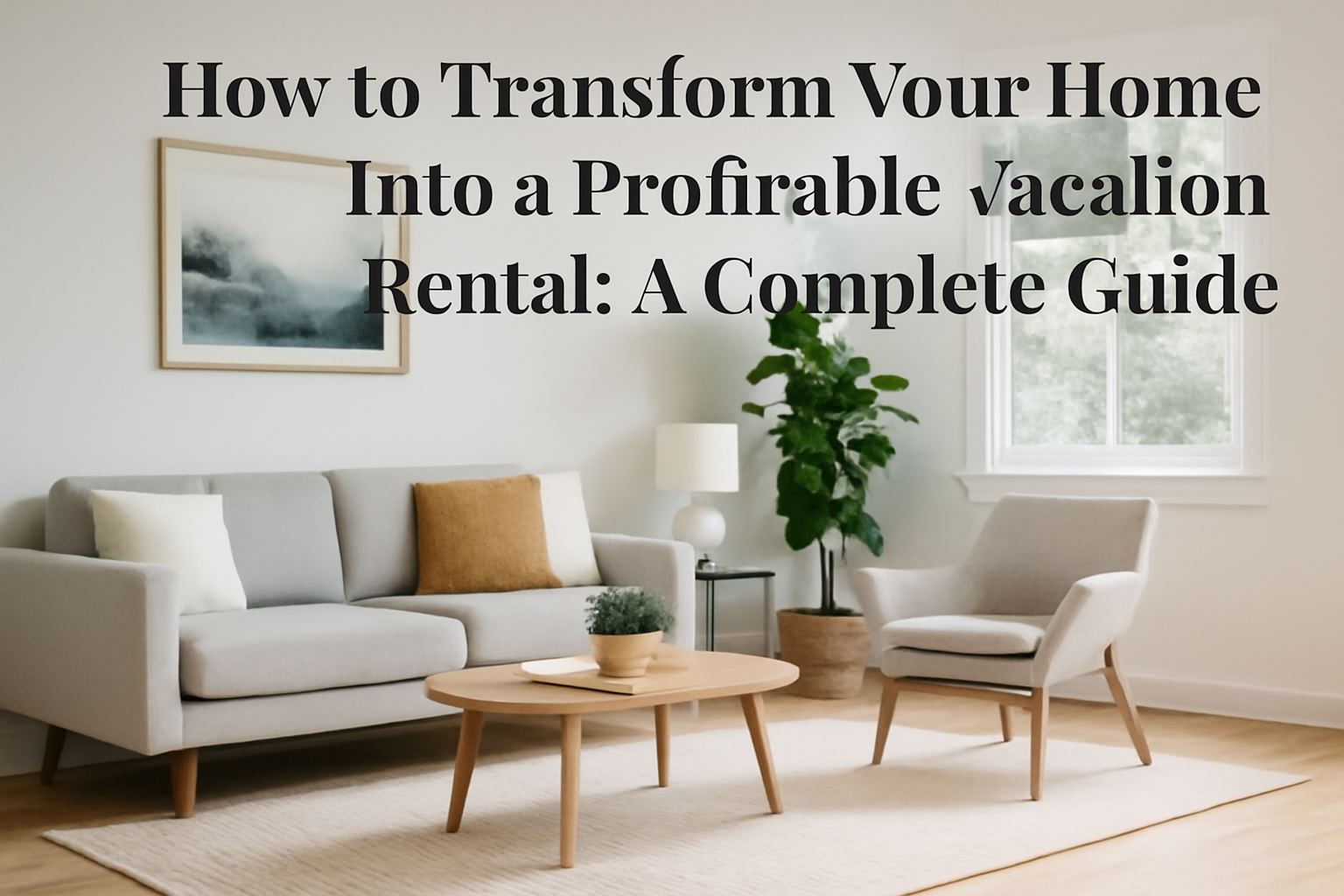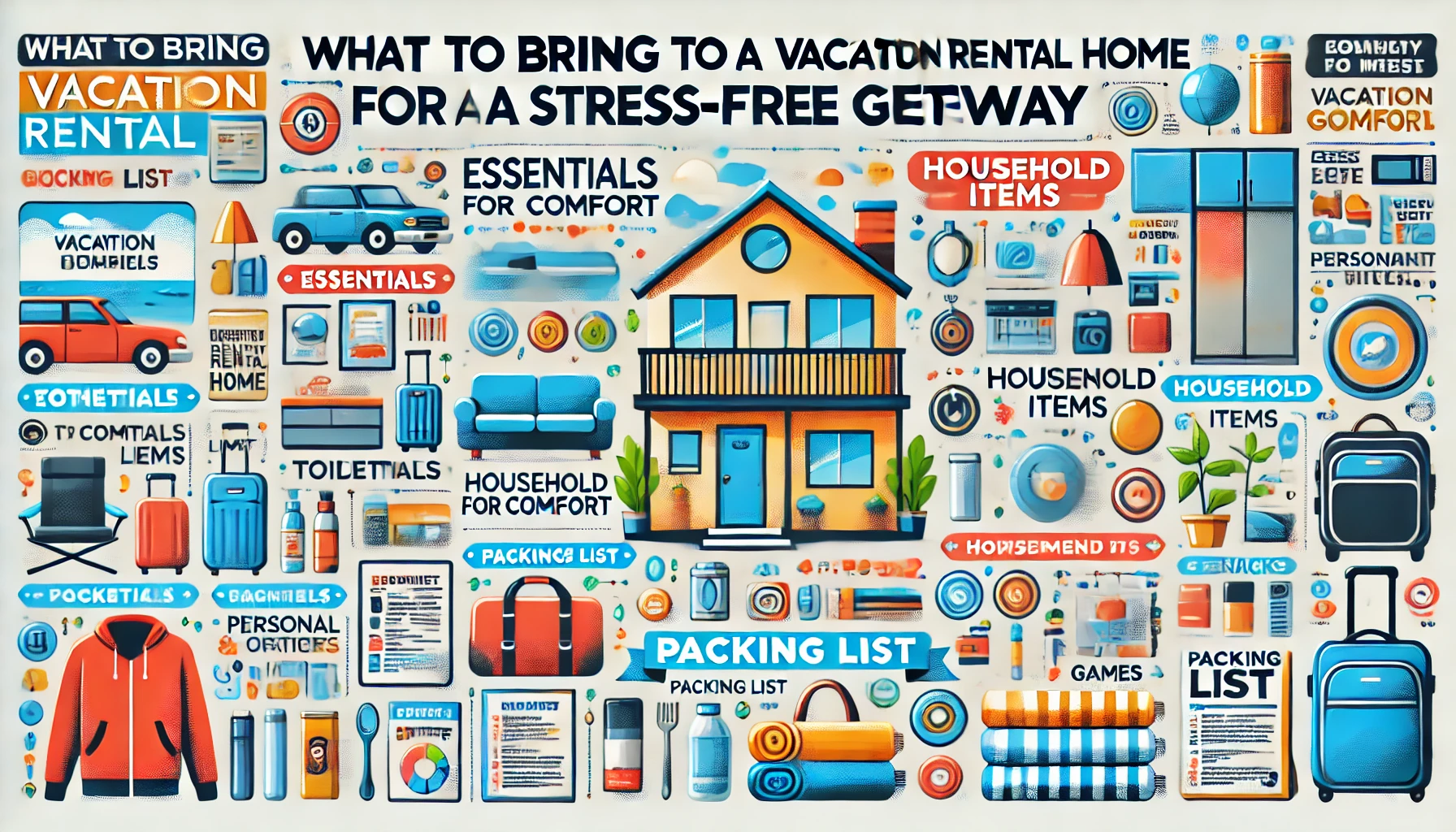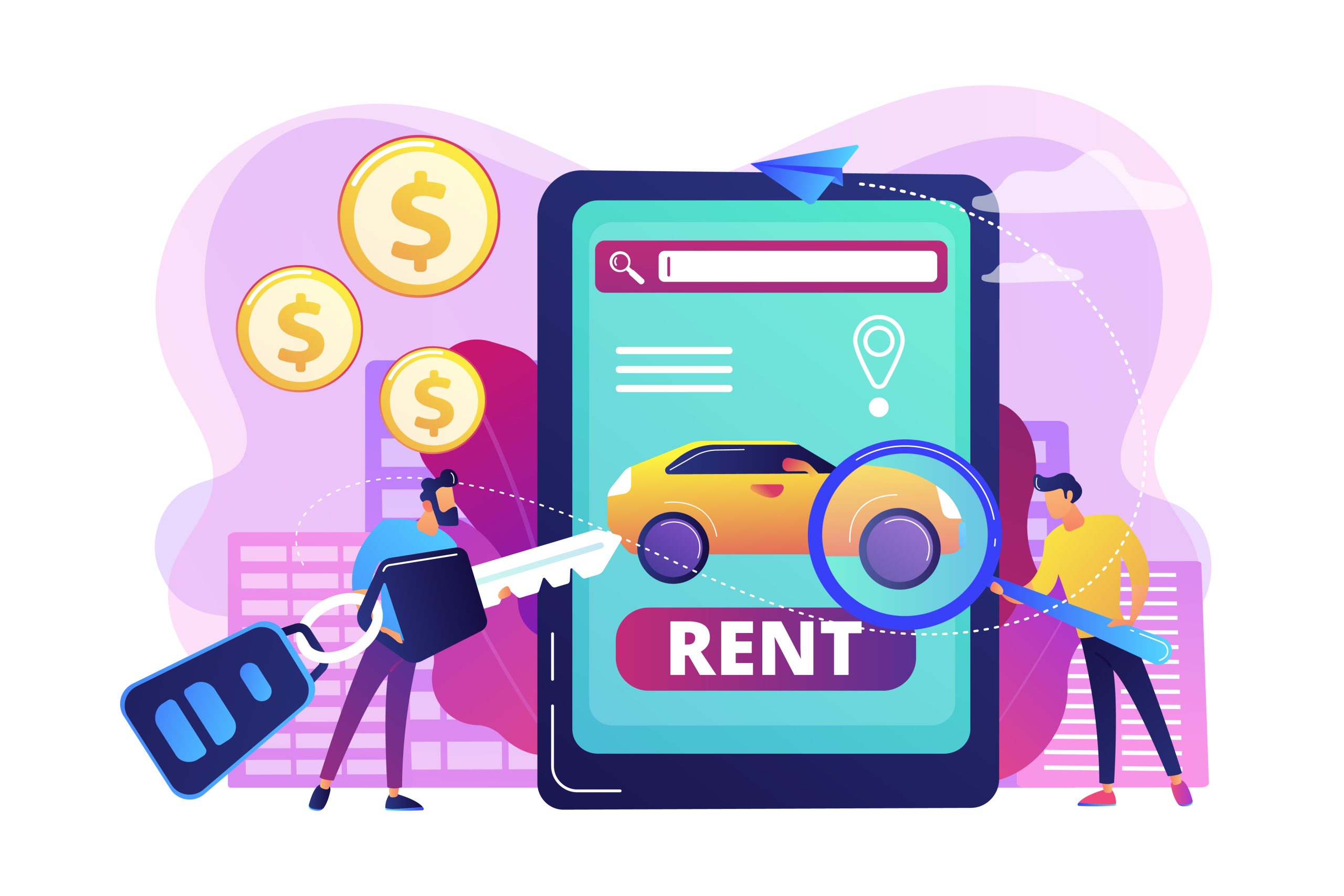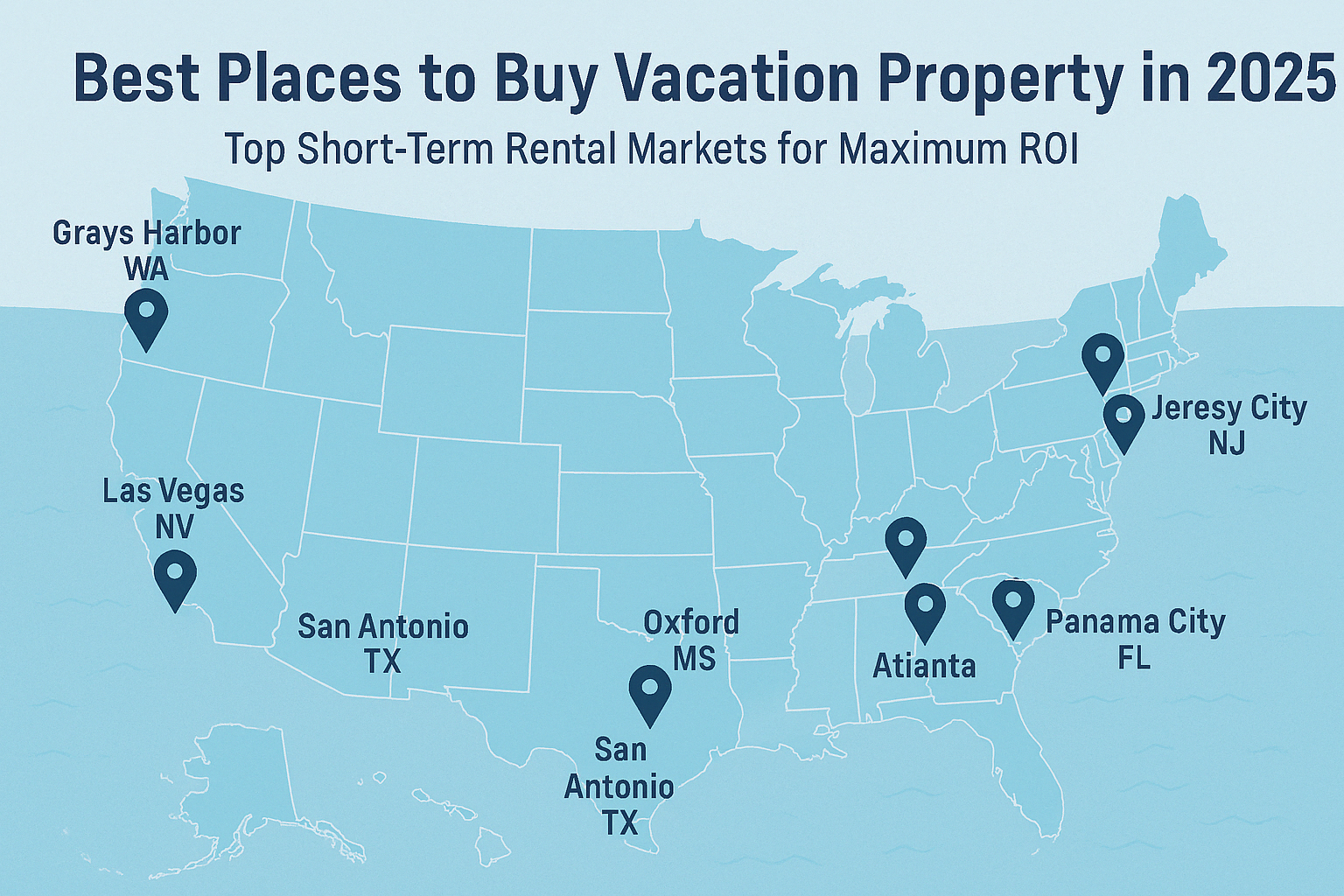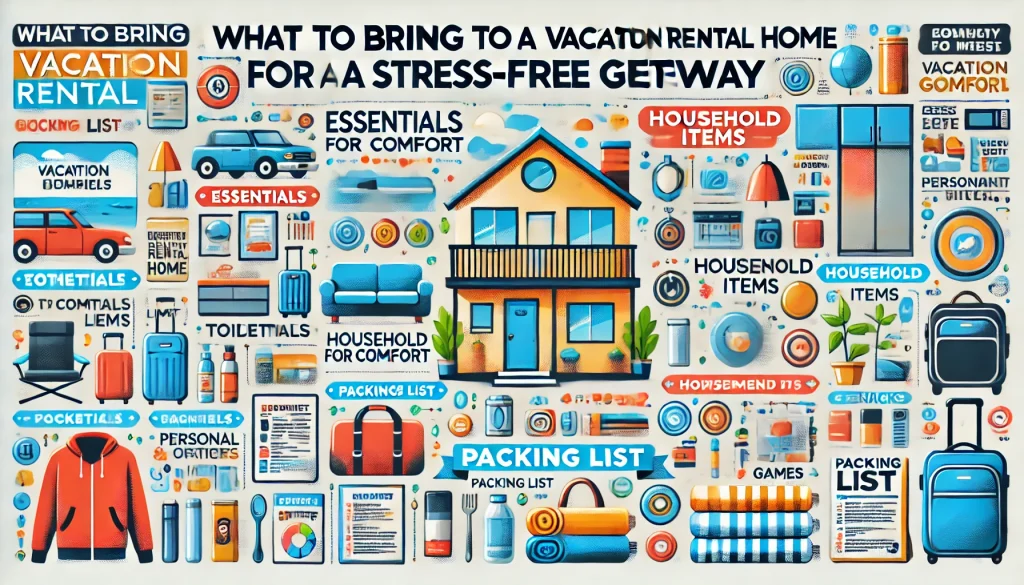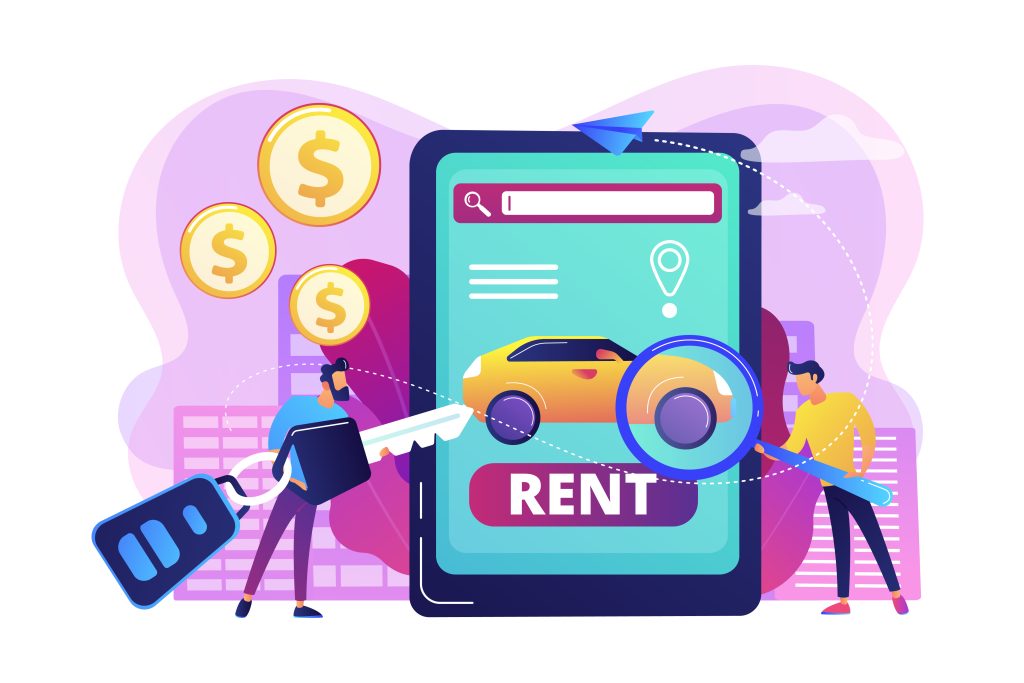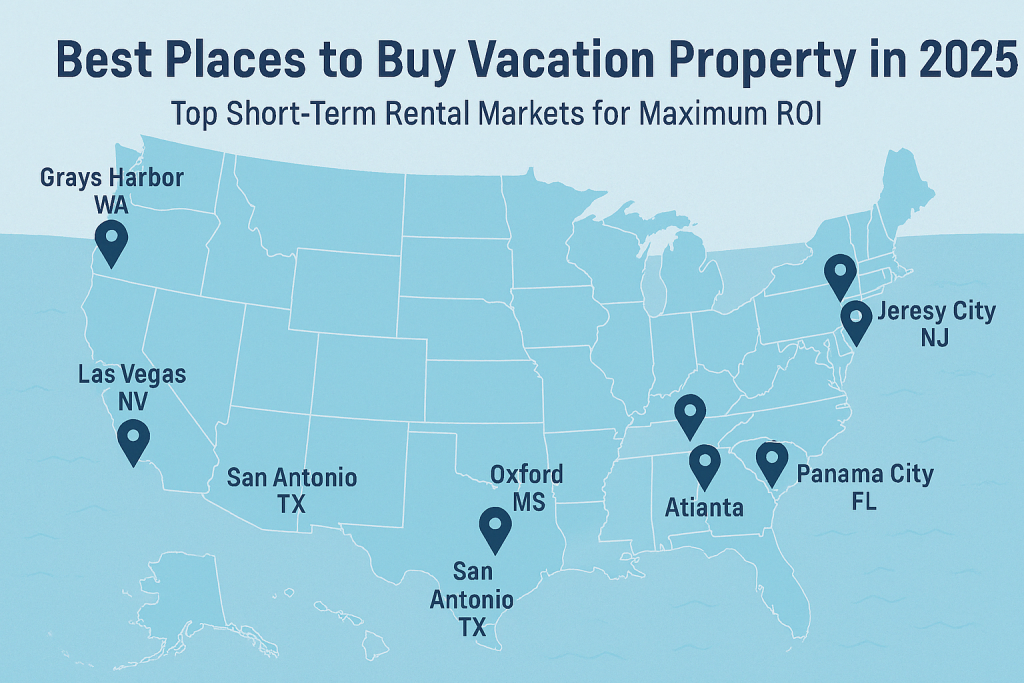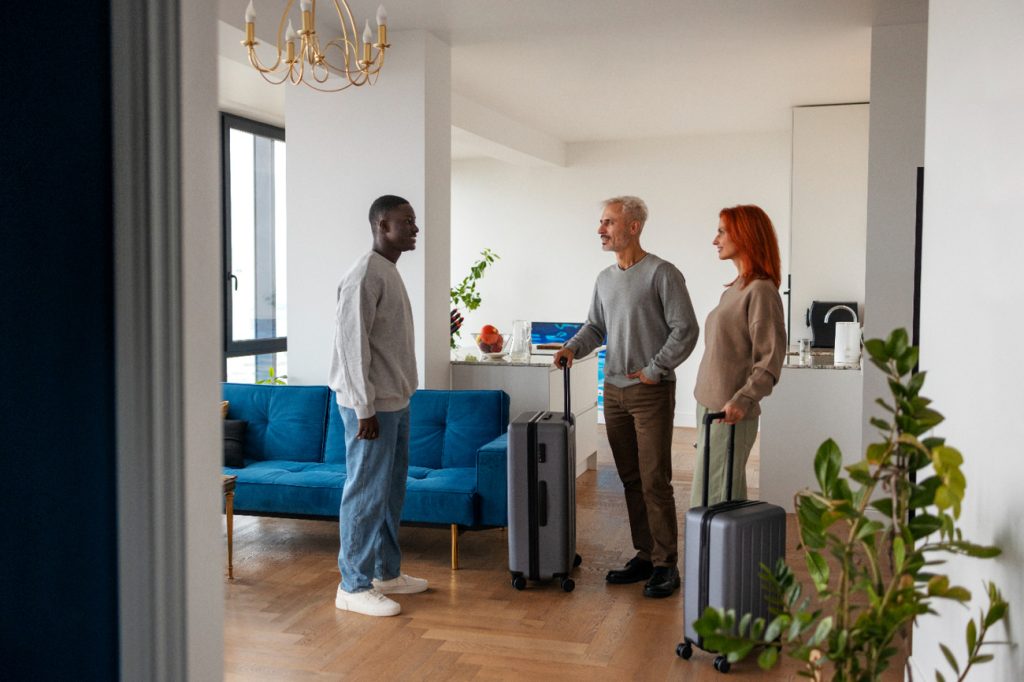In recent years, vacation rentals have become a booming industry. Platforms like Airbnb, Vrbo, and Booking.com have revolutionized the way travelers find unique places to stay, and the short-term rental market shows no signs of slowing down. If you’re a homeowner looking to capitalize on this trend, turning your home into a vacation rental could be a profitable venture. But how do you ensure your property stands out in a crowded market?
This guide will walk you through the essential steps of converting your home into a vacation rental and making it a success. From legalities and market research to property preparation and listing optimization, here’s everything you need to know.
Table of contents
1. Understand the Legal Landscape
Before you begin, it’s crucial to ensure that short-term rentals are allowed in your area. Many cities and municipalities have implemented regulations that govern vacation rentals, and non-compliance can lead to hefty fines or even having your rental banned.
- Research local laws: Check for any zoning restrictions, licensing requirements, or tax obligations.
- HOA regulations: If you live in a community governed by a homeowner’s association, they may have rules that prohibit short-term rentals, so be sure to check.
- Business license: Some regions require homeowners to register as a business or obtain specific permits.
By getting the legal aspect sorted before you start, you’ll avoid surprises and ensure your rental operates smoothly from the beginning.
2. Conduct Market Research
Market research is key to understanding whether your property will attract guests. Here’s how to get started:
- Demand: Is there a strong demand for short-term rentals in your area? Look at local attractions, such as tourist spots, universities, business hubs, and event venues, that may draw visitors.
- Competition: Analyze other vacation rentals in your neighborhood or city. What are they offering? How are their reviews? What price point are they at? This will help you understand where your property stands and how you can differentiate it.
- Target Market: Who do you want to attract? Families, solo travelers, remote workers, or couples? Identifying your target audience will help guide the way you furnish and market your property.
By conducting solid market research, you can ensure your property meets the needs of potential guests and is competitively priced.
3. Preparing Your Property for Rental
Preparing your home for guests goes beyond cleaning. It’s about creating an environment that is both inviting and functional. Here’s how to start:
- Depersonalize the space: Guests want to feel at home, but they also want a neutral space where they can envision themselves. Remove family photos and personal items that might make them feel like they’re intruding on your space.
- Repairs and updates: Ensure everything is in working order – from fixing leaks to replacing outdated appliances. Small quirks that you’ve gotten used to can be frustrating for guests.
- Furnishing and styling: Invest in durable furniture that can withstand wear and tear. Consider timeless, neutral decor that appeals to a broad range of tastes. Make sure beds are comfortable, and there’s ample seating in common areas.
- Safety measures: Ensure your property complies with safety standards. Install smoke detectors, provide fire extinguishers, and secure windows and doors. A first aid kit is always a good idea, too.
4. Offer Exceptional Amenities and Experiences
To stand out in a crowded market, you need to offer amenities that enhance the guest experience:
- Tech-savvy features: Smart locks, WiFi, and smart thermostats make the stay more comfortable. High-speed internet is a must for remote workers.
- Entertainment: Provide a selection of board games, a smart TV with streaming services, and a music system.
- Local touch: A welcome basket with local snacks or a guidebook with nearby attractions can make a big difference. It’s these thoughtful touches that turn a good stay into a great one.
5. Set Up Your Systems for Management
Once your property is ready, you’ll need a system to handle bookings, communication, and logistics:
- Platforms: Choose the right booking platforms (Airbnb, Vrbo, etc.). Each platform has different fees and features, so decide based on your needs.
- Communication: Automate booking confirmations and responses to frequently asked questions to streamline the guest experience.
- Outsource management: If you don’t have the time to handle things yourself, consider hiring a property manager or cleaning crew. Many property managers also offer maintenance services.
Also Read best markets and areas to look for vacation rentals. Please tab here
6. Photography and Listing Optimization
The way you present your property can make or break your success. Here’s how to optimize your listing:
- Professional photos: High-quality images can boost bookings by up to 20%. Invest in a professional photographer or take clear, well-lit pictures yourself.
- Compelling description: Your listing description should highlight the best features of your home and explain what makes it unique.
- Pricing: Set competitive rates based on your research. Consider offering discounts for longer stays or during off-peak seasons.
7. Getting the Word Out and Building Your Brand
Once your listing is live, you need to spread the word:
- Social media: Use Instagram, Facebook, or Pinterest to showcase your property and drive traffic to your listing.
- Reviews: Positive reviews are a powerful marketing tool. Ensure great customer service and encourage guests to leave reviews.
- Repeat guests: Offering exceptional service will not only bring in great reviews but also repeat guests who will book with you again.
Conclusion
Converting your home into a vacation rental is a rewarding and potentially lucrative venture. By doing your homework, preparing your property carefully, and offering exceptional service, you can create a successful short-term rental business. Start with the right legal groundwork, make sure your property is competitive, and build a brand that guests trust. Happy hosting!

